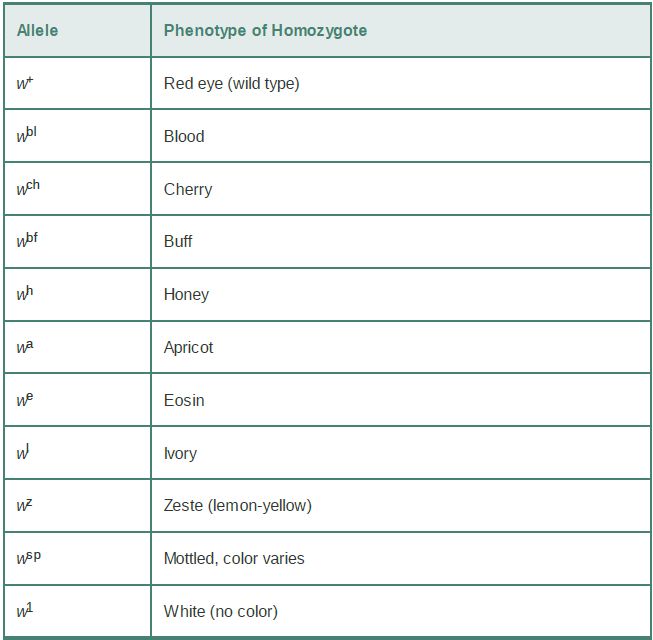

النبات

مواضيع عامة في علم النبات

الجذور - السيقان - الأوراق

النباتات الوعائية واللاوعائية

البذور (مغطاة البذور - عاريات البذور)

الطحالب

النباتات الطبية


الحيوان

مواضيع عامة في علم الحيوان

علم التشريح

التنوع الإحيائي

البايلوجيا الخلوية


الأحياء المجهرية

البكتيريا

الفطريات

الطفيليات

الفايروسات


علم الأمراض

الاورام

الامراض الوراثية

الامراض المناعية

الامراض المدارية

اضطرابات الدورة الدموية

مواضيع عامة في علم الامراض

الحشرات


التقانة الإحيائية

مواضيع عامة في التقانة الإحيائية


التقنية الحيوية المكروبية

التقنية الحيوية والميكروبات

الفعاليات الحيوية

وراثة الاحياء المجهرية

تصنيف الاحياء المجهرية

الاحياء المجهرية في الطبيعة

أيض الاجهاد

التقنية الحيوية والبيئة

التقنية الحيوية والطب

التقنية الحيوية والزراعة

التقنية الحيوية والصناعة

التقنية الحيوية والطاقة

البحار والطحالب الصغيرة

عزل البروتين

هندسة الجينات


التقنية الحياتية النانوية

مفاهيم التقنية الحيوية النانوية

التراكيب النانوية والمجاهر المستخدمة في رؤيتها

تصنيع وتخليق المواد النانوية

تطبيقات التقنية النانوية والحيوية النانوية

الرقائق والمتحسسات الحيوية

المصفوفات المجهرية وحاسوب الدنا

اللقاحات

البيئة والتلوث


علم الأجنة

اعضاء التكاثر وتشكل الاعراس

الاخصاب

التشطر

العصيبة وتشكل الجسيدات

تشكل اللواحق الجنينية

تكون المعيدة وظهور الطبقات الجنينية

مقدمة لعلم الاجنة


الأحياء الجزيئي

مواضيع عامة في الاحياء الجزيئي


علم وظائف الأعضاء


الغدد

مواضيع عامة في الغدد

الغدد الصم و هرموناتها

الجسم تحت السريري

الغدة النخامية

الغدة الكظرية

الغدة التناسلية

الغدة الدرقية والجار الدرقية

الغدة البنكرياسية

الغدة الصنوبرية

مواضيع عامة في علم وظائف الاعضاء

الخلية الحيوانية

الجهاز العصبي

أعضاء الحس

الجهاز العضلي

السوائل الجسمية

الجهاز الدوري والليمف

الجهاز التنفسي

الجهاز الهضمي

الجهاز البولي


المضادات الميكروبية

مواضيع عامة في المضادات الميكروبية

مضادات البكتيريا

مضادات الفطريات

مضادات الطفيليات

مضادات الفايروسات

علم الخلية

الوراثة

الأحياء العامة

المناعة

التحليلات المرضية

الكيمياء الحيوية

مواضيع متنوعة أخرى

الانزيمات
A Locus Can Have Many Different Mutant Alleles
المؤلف:
JOCELYN E. KREBS, ELLIOTT S. GOLDSTEIN and STEPHEN T. KILPATRICK
المصدر:
LEWIN’S GENES XII
الجزء والصفحة:
1-3-2021
2171
A Locus Can Have Many Different Mutant Alleles
KEY CONCEPT
- The existence of multiple alleles allows the possibility of heterozygotes representing any pairwise combination of alleles.
If a recessive mutation is produced by every change in a gene that prevents the production of an active protein, there should be a large number of such mutations for any one gene. Many amino acid replacements can change the structure of the protein sufficiently to impede its function.
Different variants of the same gene are called multiple alleles, and their existence makes it possible to generate heterozygotes with two mutant alleles. The relationships between these multiple alleles can take various forms.
In the simplest case, a wild-type allele encodes a polypeptide product that is functional, whereas a mutant allele(s) encodes polypeptides that are nonfunctional. However, there are often cases in which a series of loss-of-function mutant alleles have different, variable phenotypes. For example, wild-type function of the X-linked white locus of Drosophila melanogaster is required for development of the normal red color of the eye. The locus is named for the effect of null mutations that, in homozygous females or hemizygous males, cause the fly to have white eyes.
The wild-type allele is indicated as w+ or just +, and the phenotype is red eyes. An entirely defective form of the gene (white eye phenotype) might be indicated by a “minus” superscript (w- ). To distinguish among a variety of mutant alleles with different effects, other superscripts can be introduced, such as wi (ivory eye color) or wa (apricot eye color). Although some alleles produce no visible pigment, and therefore the eyes are white, many alleles produce some color. Therefore, each of these mutant alleles must represent a different mutation of the gene, many of which do not eliminate its function entirely but leave a residual activity that produces a characteristic phenotype.
The w+ allele is dominant over any other allele in heterozygotes and there are many different mutant alleles for this locus. TABLE 1.2 shows a small sample. These alleles are named for the color of the eye in a homozygous female or hemizygous male. (Most w alleles affect the quantity of pigment in the eye. The list of white alleles in the figure is arranged in roughly declining amount of color in the eye pigment, but others, such as wsp , affect the pattern in which pigment is deposited.)
TABLE 1. The w locus in Drosophila melanogaster has an extensive series of alleles whose phenotypes extend from wild-type (red) color to complete lack of pigment.

When multiple alleles exist, an organism might be a heterozygote that carries two different mutant alleles. The phenotype of such a heterozygote depends on the nature of the residual activity of each allele. The relationship between two mutant alleles is, in principle, no different from that between wild-type and mutant alleles: One allele might be dominant, there might be partial dominance, or there might be codominance.
 الاكثر قراءة في مواضيع عامة في الاحياء الجزيئي
الاكثر قراءة في مواضيع عامة في الاحياء الجزيئي
 اخر الاخبار
اخر الاخبار
اخبار العتبة العباسية المقدسة

الآخبار الصحية















 قسم الشؤون الفكرية يصدر كتاباً يوثق تاريخ السدانة في العتبة العباسية المقدسة
قسم الشؤون الفكرية يصدر كتاباً يوثق تاريخ السدانة في العتبة العباسية المقدسة "المهمة".. إصدار قصصي يوثّق القصص الفائزة في مسابقة فتوى الدفاع المقدسة للقصة القصيرة
"المهمة".. إصدار قصصي يوثّق القصص الفائزة في مسابقة فتوى الدفاع المقدسة للقصة القصيرة (نوافذ).. إصدار أدبي يوثق القصص الفائزة في مسابقة الإمام العسكري (عليه السلام)
(نوافذ).. إصدار أدبي يوثق القصص الفائزة في مسابقة الإمام العسكري (عليه السلام)


















